
Saudi Arabia Animals
Follow the Trail of Wild Nature – Nature Tourism in Saudi Arabia
Saudi Arabia, a land of vast deserts, rugged mountains, and coastal plains, is home to a diverse range of wildlife. From the iconic Arabian oryx, which roams the sandy dunes, to the elusive Arabian leopard that prowls the rocky terrain, the kingdom is a haven for nature enthusiasts and wildlife lovers.
Embark on a journey through the animal kingdom of Saudi Arabia. Witness the graceful Arabian gazelle, known for its elegant leaps across the desert landscape, and the majestic hawksbill turtle, which nests along the Red Sea coast. Explore the skies with the magnificent lappet-faced vulture and the striking Arabian partridge, both of which add to the rich tapestry of the kingdom's avian inhabitants.
Mammals of Saudi Arabia
Venturing into the diverse landscapes of Saudi Arabia, one may encounter an array of fascinating mammals that call this kingdom home. The Arabian oryx, with its striking white coat and elegant horns, roams the arid deserts, a conservation success story having been saved from the brink of extinction. The nimble Nubian ibex, with its impressive curved horns, deftly navigates the rocky mountainous terrain. In the vast sandy stretches, the elusive sand cat, perfectly adapted to its harsh environment, prowls under the cover of night. The Arabian wolf, smaller than its European cousins, still survives in small numbers, a testament to the resilience of wildlife in the face of human expansion. These species, among others, are the living treasures of Saudi Arabia's natural heritage, enduring in the face of the desert's extremes.
Birds of Saudi Arabia
In the diverse landscapes of Saudi Arabia, bird enthusiasts can marvel at a variety of avian species, each adapted to the country's unique environments. The Arabian Peninsula is home to the majestic Arabian Bustard, a bird well-suited to the arid desert climate. In the verdant oases and wadis, one might spot the vibrant Nubian Nightjar or the elusive Arabian Babbler, social birds that add a lively chorus to the serene settings. Coastal regions provide sanctuary to the Greater Flamingo, painting the shores with splashes of pink, while the Osprey can be seen soaring above, a testament to the rich marine life below. Saudi Arabia's skies are also graced by the swift Peregrine Falcon, the world's fastest bird, which can be observed in its hunting glory. These species, among others, make Saudi Arabia a fascinating destination for birdwatchers and nature lovers alike.
Top Spots for Wildlife Observation in Saudi Arabia
- Al Khunfa Wildlife Sanctuary, located in the central region of Saudi Arabia, is a haven for the Arabian oryx, a species once on the brink of extinction but now thriving in protected areas. Visitors may also spot the Arabian gazelle and various bird species, including larks and sandgrouse, in this arid landscape.
- The Asir National Park, nestled in the southwest of Saudi Arabia, offers a cooler climate and mountainous terrain. Here, the elusive Arabian leopard roams, although sightings are rare. The park is also home to hamadryas baboons, rock hyraxes, and a diverse array of birds such as the Arabian woodpecker and the Asir magpie.
- Uruq Bani Ma'arid is a protected area in the Rub' al Khali, or Empty Quarter, the largest continuous sand desert in the world. This reserve is critical for the conservation of the Arabian oryx and the sand gazelle. The vast desert landscape also supports a variety of reptiles and rodents uniquely adapted to this harsh environment.
- The Farasan Islands Protected Area, off the southwestern coast of Saudi Arabia in the Red Sea, is a group of coral islands that boast an impressive biodiversity. The islands are particularly known for their population of endangered dugongs, large marine mammals related to manatees. The mangroves and coral reefs around the islands are also teeming with birdlife, including ospreys and sooty falcons.
- The Harrat Al-Harrah Biosphere Reserve, located in the northern part of the country, is a volcanic lava field where the Rüppell's fox and the Arabian wolf can be found. The reserve's rocky terrain also provides habitat for various lizard species and is a significant breeding ground for the steppe eagle.
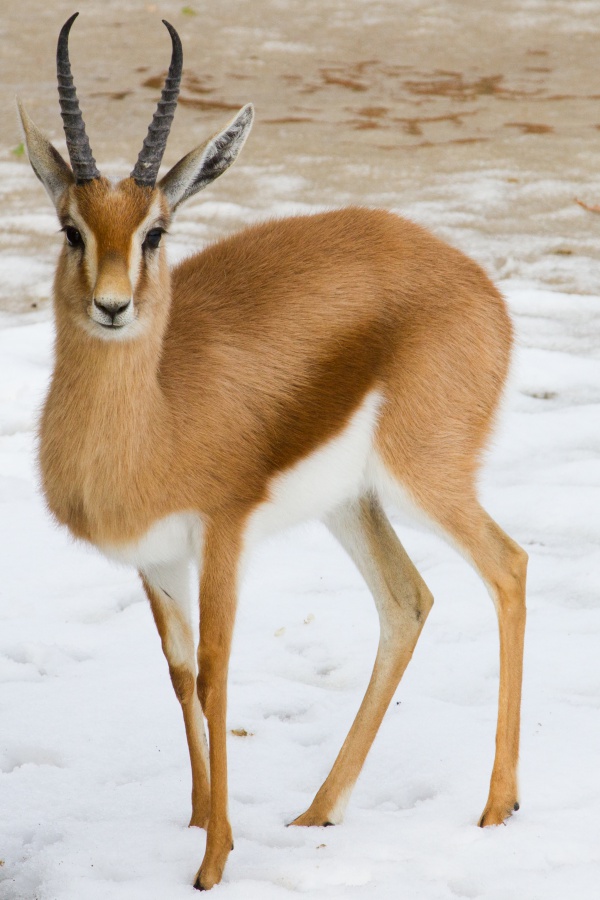
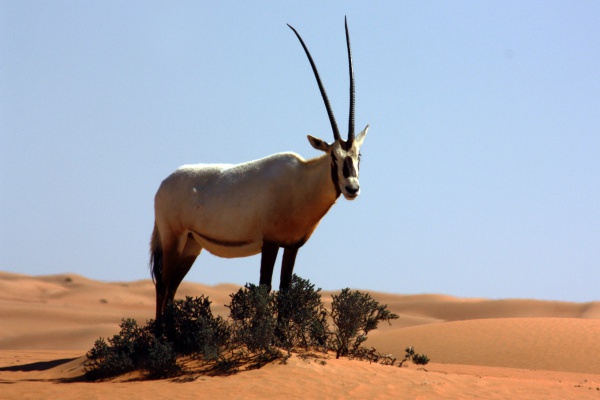
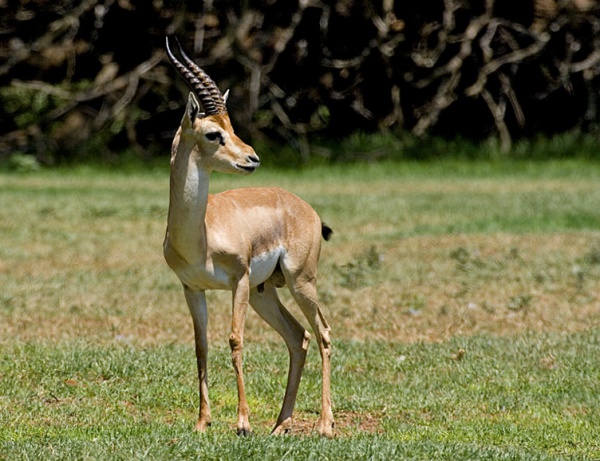
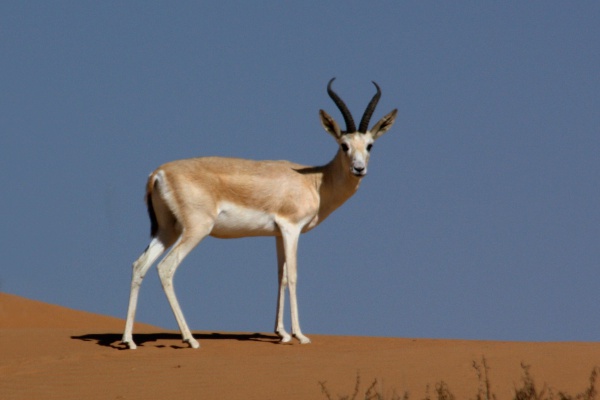
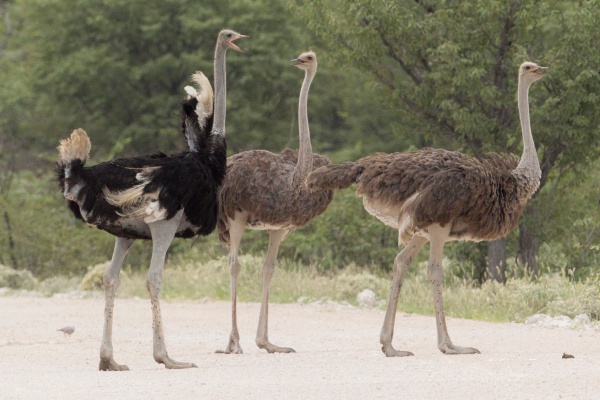
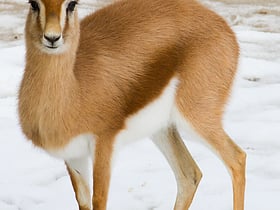
 Yemen
Yemen